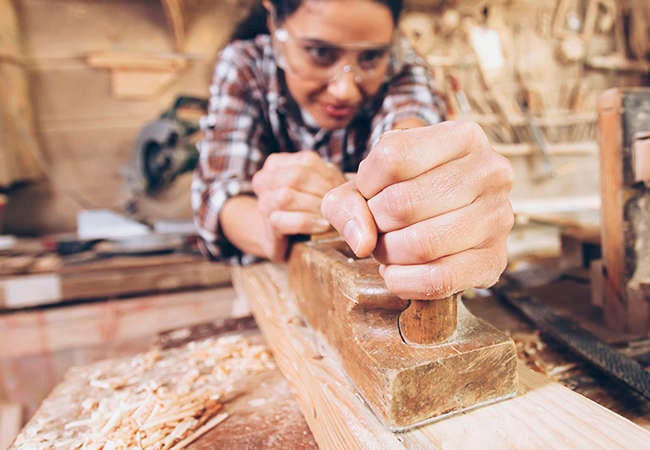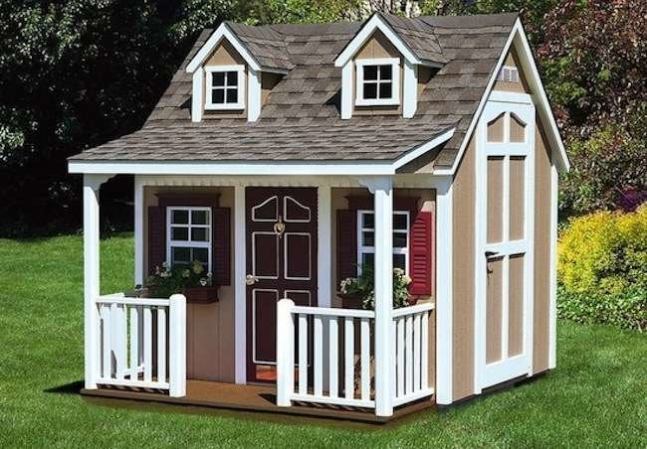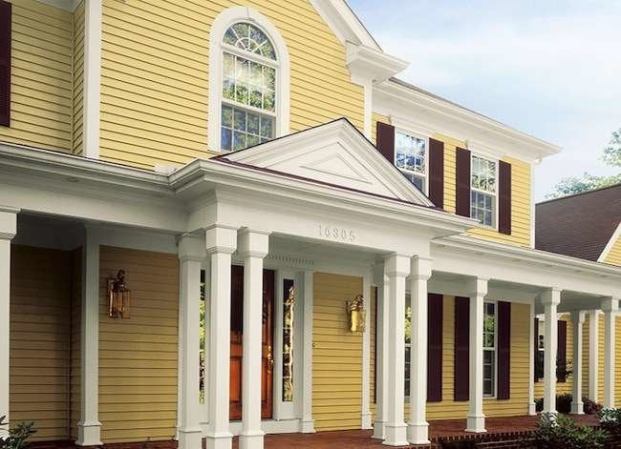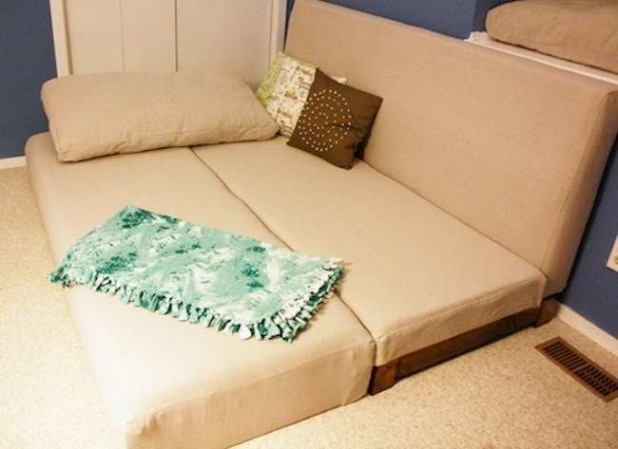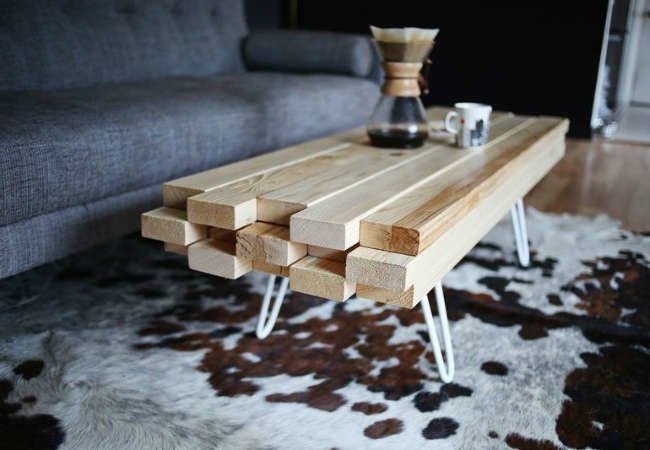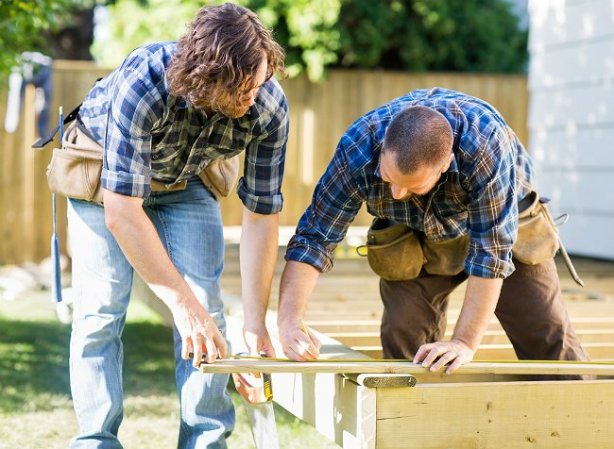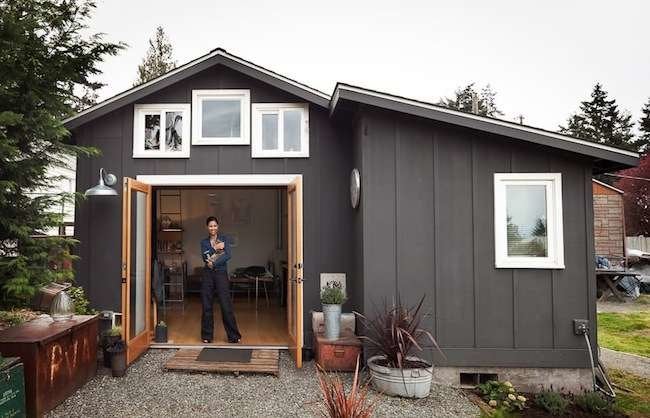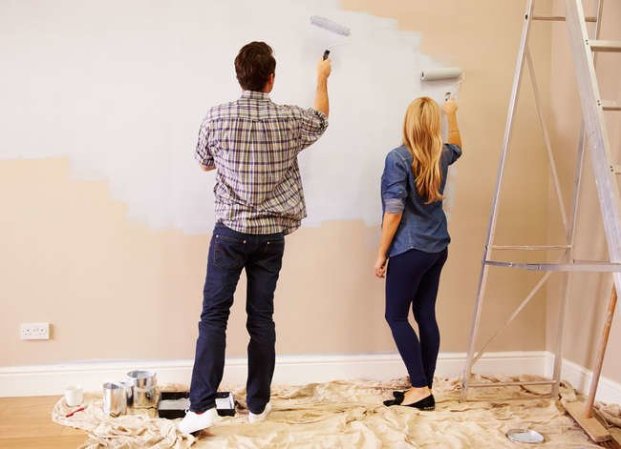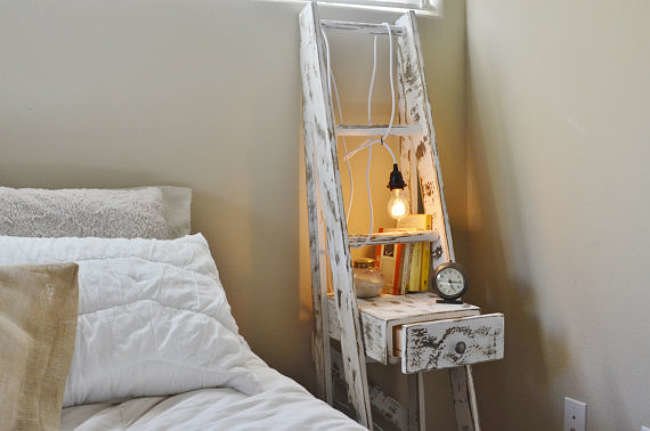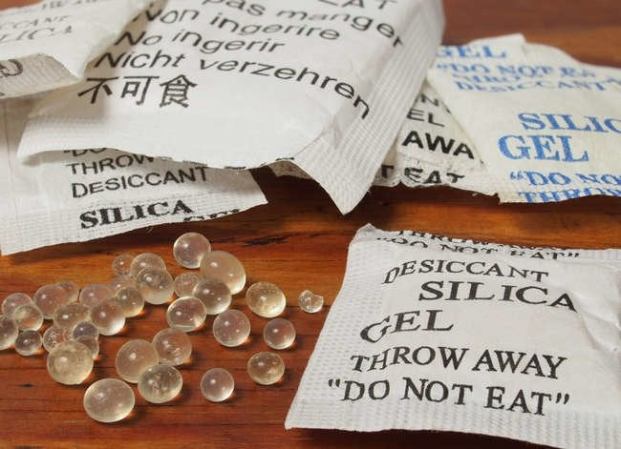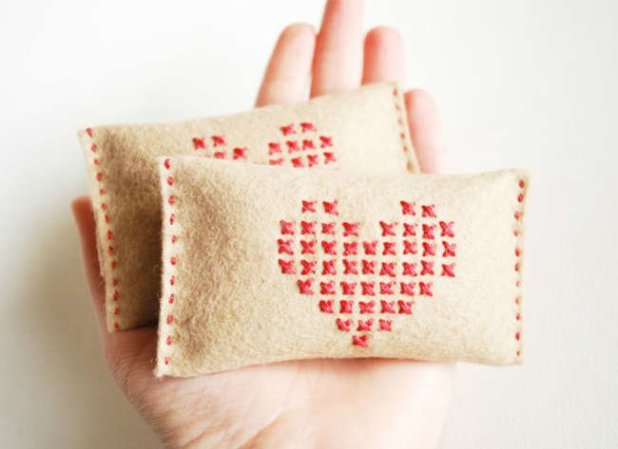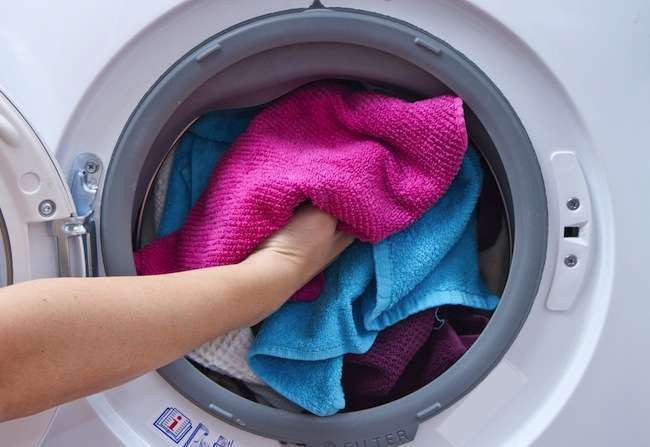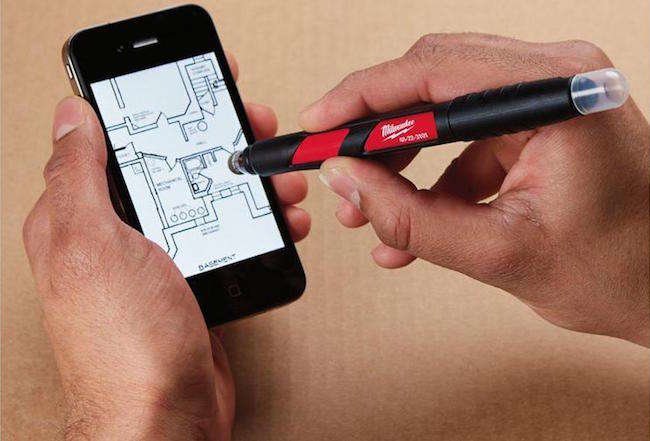We may earn revenue from the products available on this page and participate in affiliate programs. Learn More ›
Build for Less
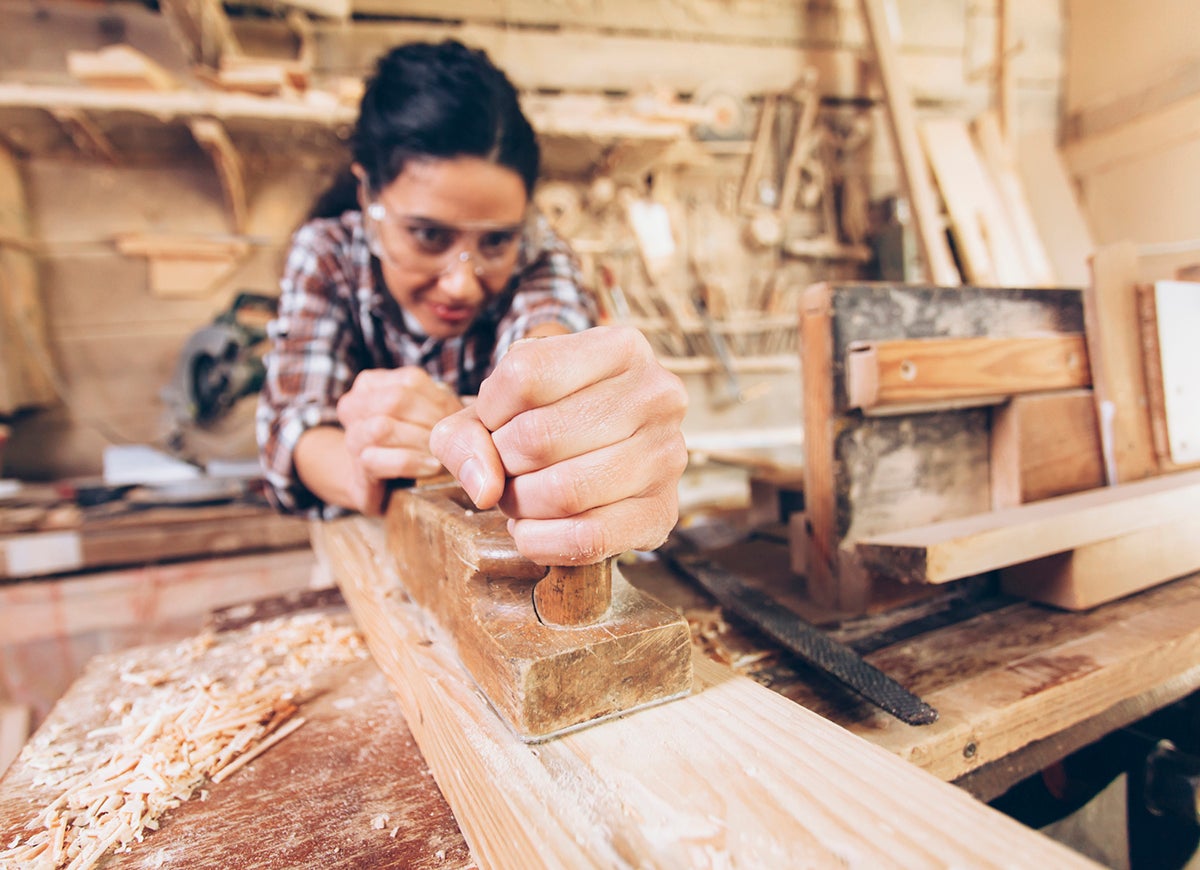
Whatever the scope of your project—whether you’re building a bookcase to corral your overflowing library or constructing a tiny house on your property for your mother-in-law—you probably hope to keep your costs low. Luckily, unless your heart is set on pricey materials like marble or mahogany, there are quite a few inexpensive options that possess their own brand of beauty. Before you spend big on your next project, check out the following building materials that don’t cost a lot but make it look like you splurged.
Concrete Sheets
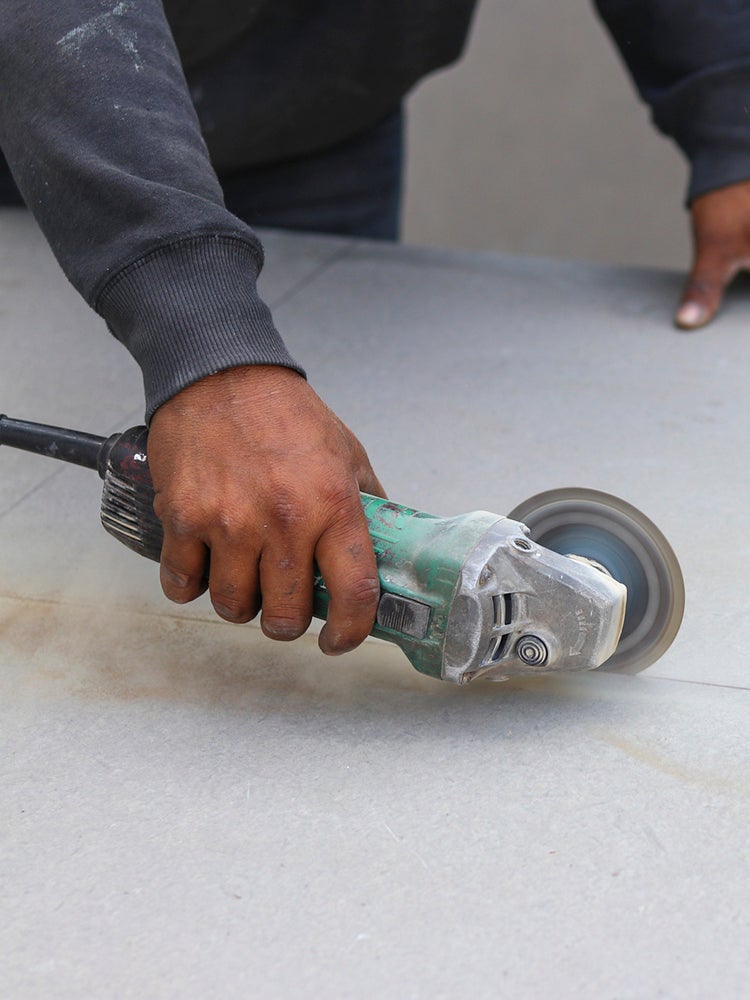
Also called cement board, concrete sheeting is a mixture of cement and cellulose fibers pressed into flat boards of various sizes, although 3′ x 5′ is common. Most boards are between ¼ inch and ½ inch in thickness. While cement board is often used as a moisture-resistant and maintenance-free replacement for drywall or as a flooring underlay, there’s no reason you can’t use it as flooring or wall covering on its own, once you give it a few coats of paint or stain. Expect to pay around $10 for a single 3′ x 5′ sheet.
Related: 10 Building Code Violations Your Home May Be Guilty Of
Reclaimed Wood
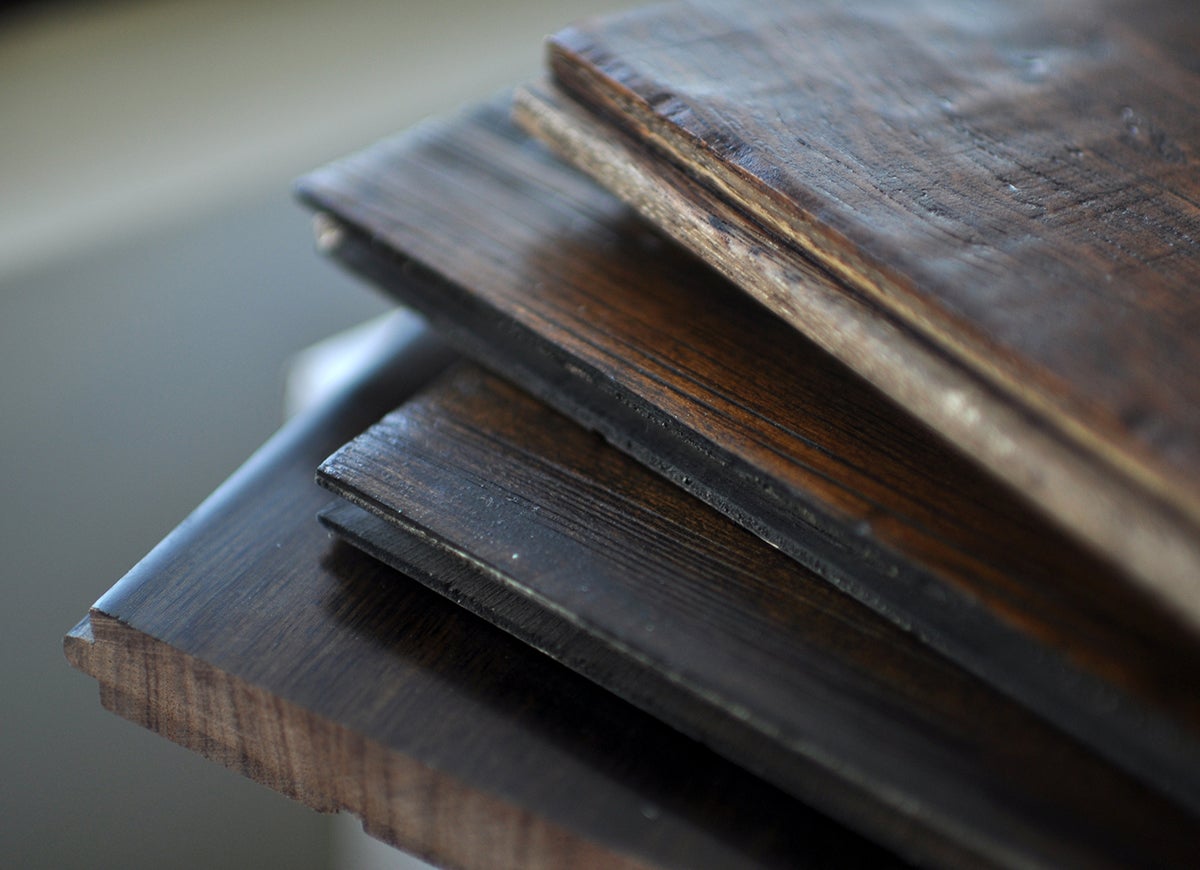
Reclaimed wood makes both economic and environmental sense, and it’s a perfect material for a range of DIY projects, including furniture, decks, fences, shiplap, and even flooring. Most reclaimed wood has a rustic, weathered look that appeals to lovers of cottage or beach-house styles, but you can give the wood a more contemporary appearance with a thorough sanding and a coat of paint or wood stain. Depending on the quality and type of wood, expect to pay from $5 and up per square foot.
Used Brick
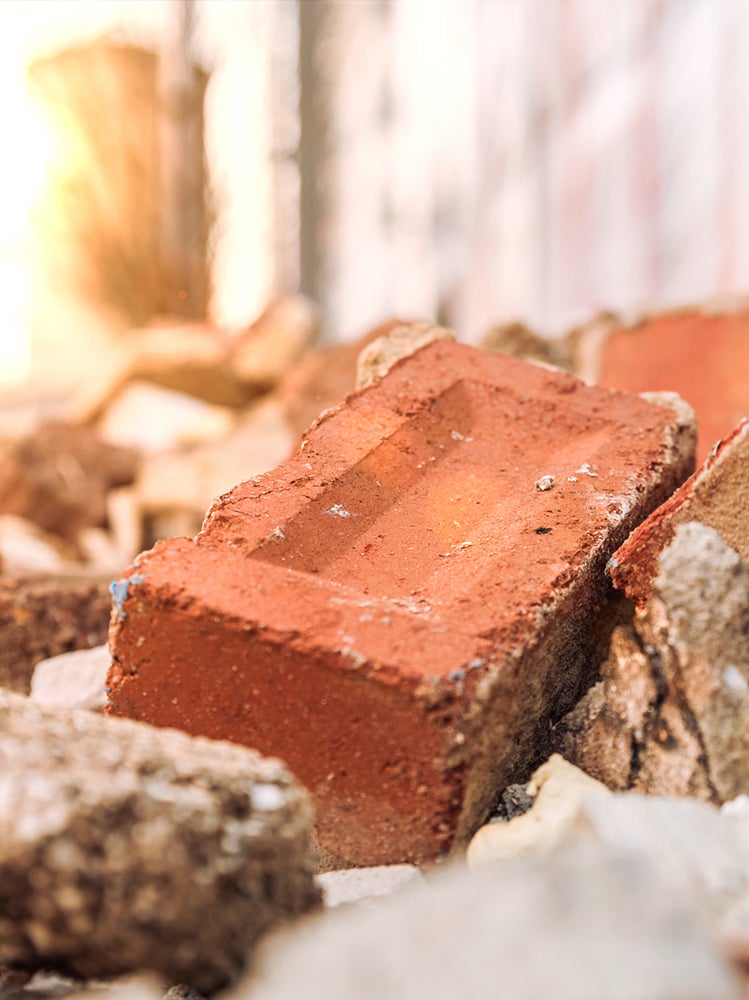
Used brick costs less than new brick but is just as useful for building walls, fire pits, pathways, chimneys, and patios. While many people prefer brick in its natural weathered red, painting used brick is an option for those who like a more contemporary look. Generally, 1,000 used bricks cost anywhere between $300 and $600.
Corrugated Metal
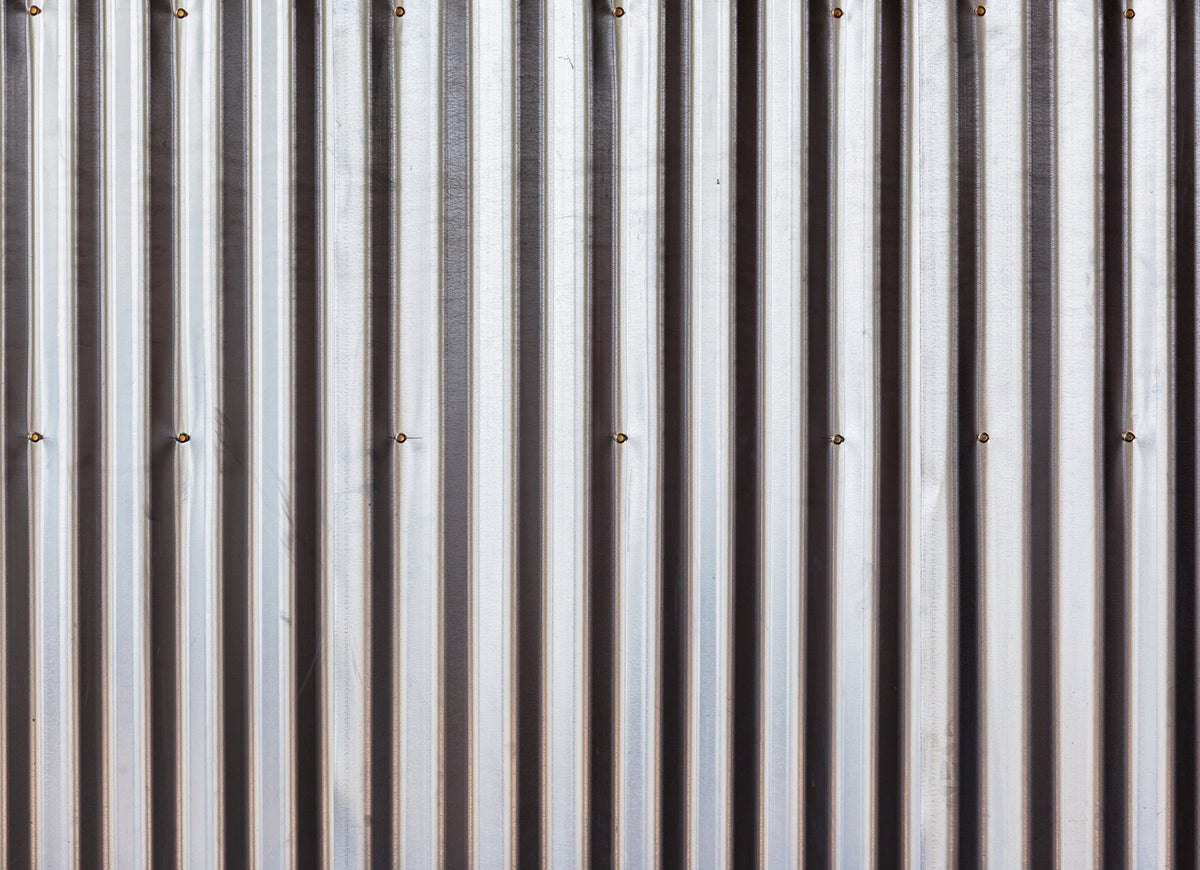
Corrugated metal sheeting can do a lot more than amplify the pitter-patter of rain on the roof. You can use these large sheets of wavy metal to cover interior walls, add contemporary flair to the sides of a kitchen counter, form the walls of a backyard shed or urban chicken coop, or even cover a ceiling in today’s version of old-fashioned pressed tin tiles. Keep in mind that if you use metal sheeting outdoors, a patina of rust will form on the metal unless it’s protected with sealant. While prices vary depending on type of metal and size, you’ll generally spend around $1.50 to $5 per square foot.
Stone Veneer
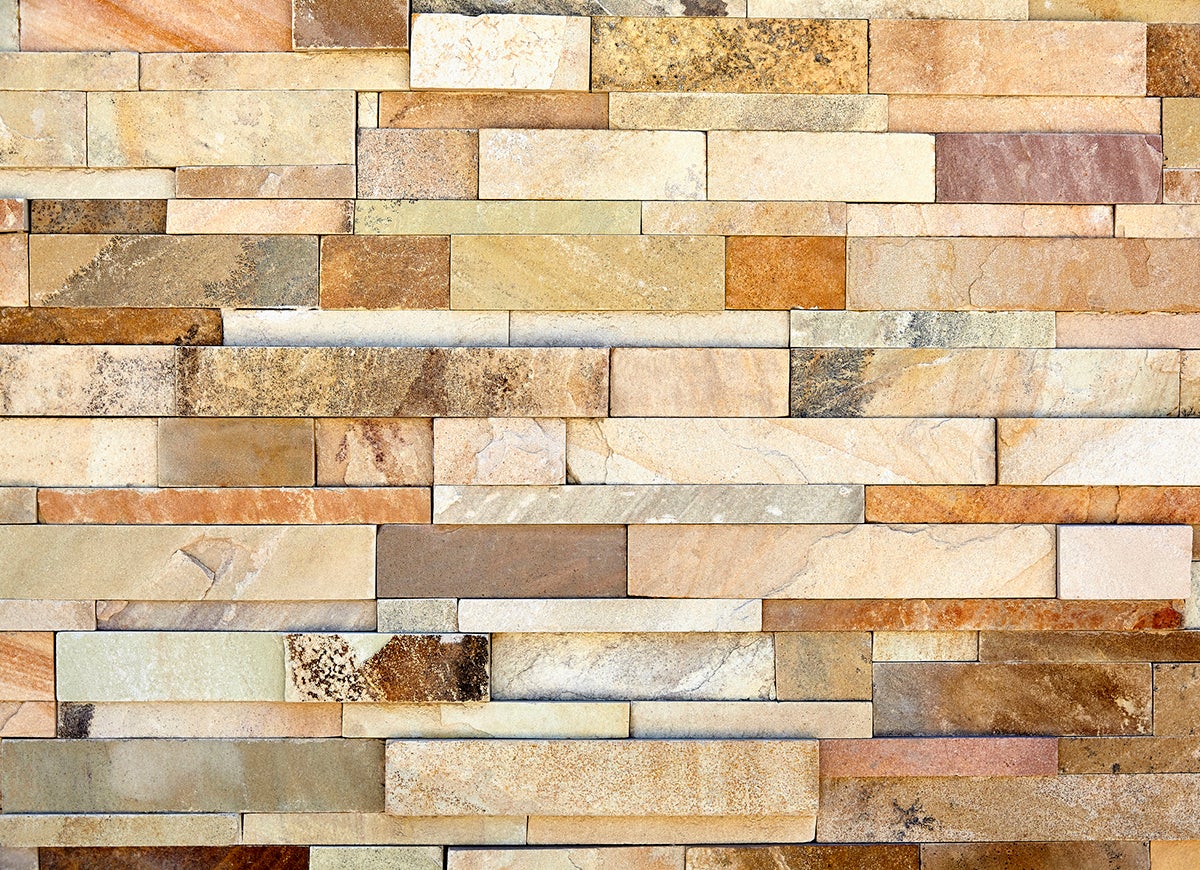
Do you love the look of natural stone as a building material, but not the weight or the price? Then consider stone veneer, which is basically a relatively thin sheet of real or manufactured stone that’s installed over another surface, such as wood, masonry, or concrete. You can use stone veneer to cover any interior or exterior wall as well as fireplace surrounds and retaining walls. The price range is wide, as there are many forms and sizes of stone veneer panels available, but on average this building material costs around $10 per square foot.
Shipping Containers

Steel shipping containers have become trendy for use as tiny homes. They’re available in two standard sizes: 8′ x 20′ and 8′ x 40′, which yield 160 square feet or 320 square feet of living space, respectively. (Containers are typically 8.5 feet high.) While the expenses involved in converting a basic steel box into a habitable home can add up quickly, the shipping container itself generally isn’t too costly. You can often find an older, smaller shipping container for less than $1,500.
Bamboo

Individual bamboo rods or sheets of bamboo lend a tropical vibe to many DIY projects. You can use bamboo to cover a wall, create a lightweight fence, craft furniture, construct a backyard shower or bar, edge a garden, or build a planter. If used outdoors, bamboo needs to be sealed to prevent rot. This environmentally friendly and fast-growing grass usually costs less than $100 for a 6′ x 16′ roll of split bamboo fencing material.
Cork
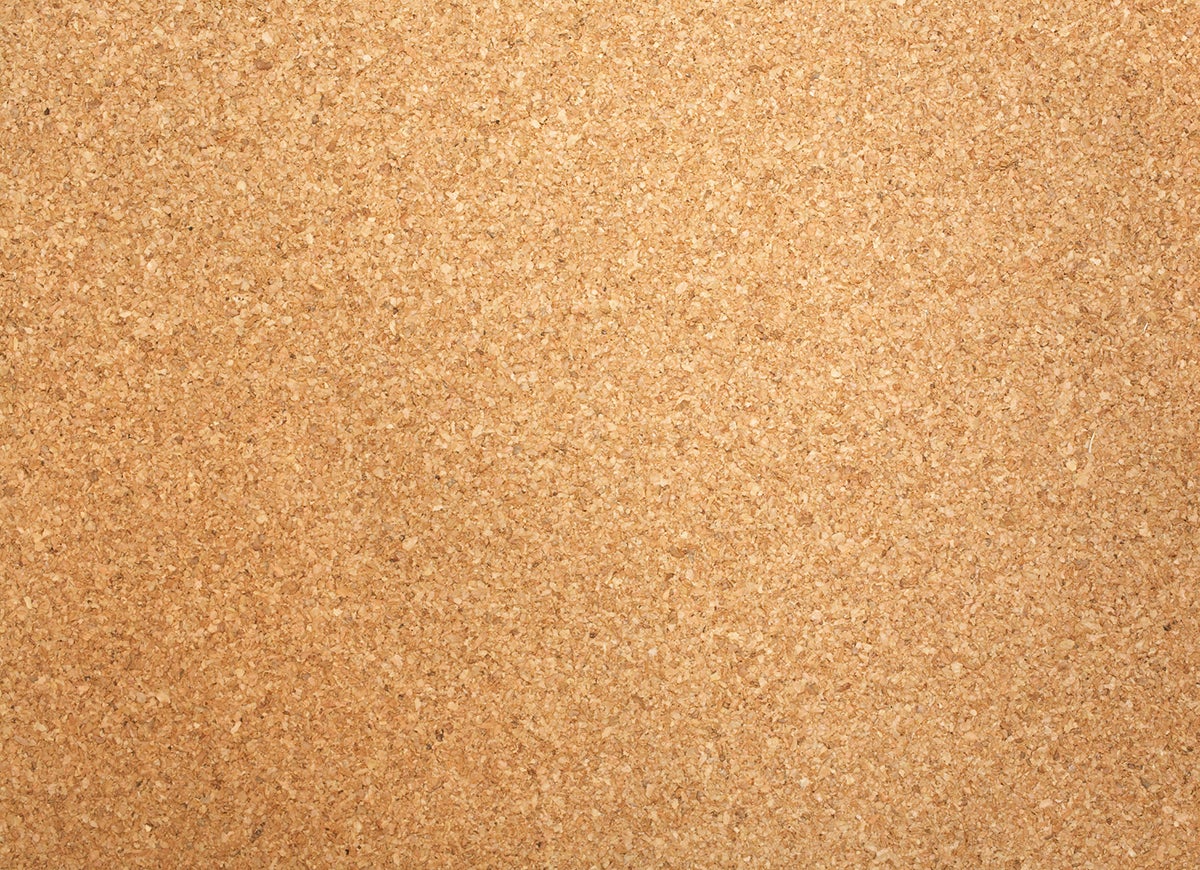
Natural cork has a warm, distinctive beauty that’s hard to replicate with any man-made material. You can buy cork sheets or tiles relatively inexpensively and then use them to create an accent wall, cover the front or sides of a kitchen island, or hide the top of an otherwise bland table or counter. No need to break your budget, either: Cork tiles cost around $3 per square foot.
